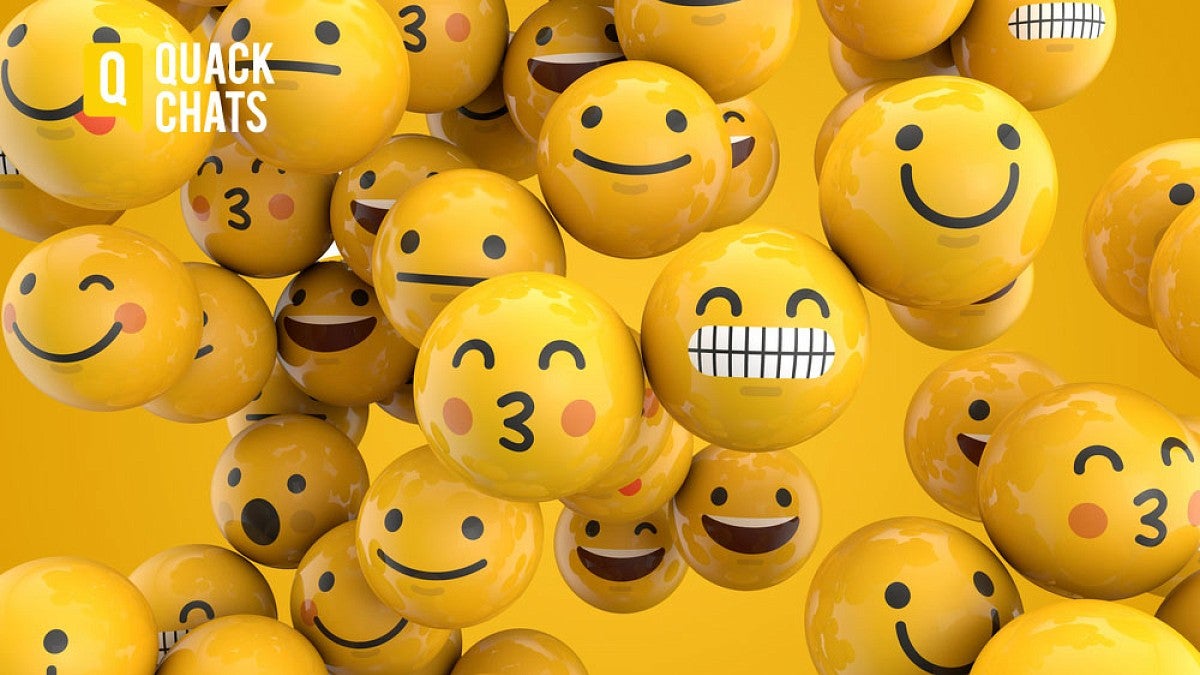Sad face. Happy face. Thumbs up. Thumbs down. A heart. Even if you don’t use them, you’ve probably received an emoji, a tiny character used in email and text messages to convey an emotion.
The cultural phenomenon and its insights into communication have captured the interest of UO Japanese literature, cultural studies and gender professor Alisa Freedman.
“Without us realizing it, we carry a lot of Japan with us in our phones,” Freedman said. “We don’t say kimonos or animes, so pluralizing emoji as ‘emojis’ in English is an example of how Japanese popular culture globalizes, and that’s something I explore a lot.”
On Wednesday, Oct 10, Freedman will give a free Quack Chats pub talk titled "The Globalization of Emoji and How They Influence Languages and Literatures." The talk begins at 6 p.m. at the Ax Billy Grill & Sports Bar at the Downtown Athletic Club, 999 Willamette St. in Eugene.
Freedman says emoji were developed for Japanese users in the 1990s to add emotion to text messages and save bandwidth. The word emoji literally means “picture character,” and the first mainstream emoji was likely a heart. They were first programmed only into Japanese phones but spread worldwide through fans. Now a global consortium based in California takes submissions for new images.
“It shows how popular culture reflects our values,” Freedman said. “Why did it take us so long for us to have a variety of different jobs for women? That says something about gender politics. It was not until 2016 that women could be professors in the emoji-verse. Same-sex couples and families were added in 2010 and 2015, respectively.”
Freedman has published widely on Japanese popular culture, modern literature, and urban studies, along with translations of Japanese literature. She is the editor in chief for the U.S.–Japan Women’s Journal, a biannual, peer-reviewed interdisciplinary journal, and has participated in anime conventions, Japan festivals, TEDx and Nerd Nite Tokyo.
While signs like a heart and a smiley face are easily interpreted, some emojis are applied in ways that were not intended in the original Japanese uses. For example, many emoji users in the U.S. use the hands together symbol to convey prayer.
“This really means thank you or please in Japanese,” Freedman said.
As of June 2018, there are 2,823 emoji, and the number continues to grow.
“I don’t think they are going away anytime soon,” Freedman said. “To date, no emoji has been removed, and we keep getting more and more submissions. So they are becoming increasingly grounded.”
To learn more about upcoming Quack Chats, see the Quack Chats section on Around the O. A general description of Quack Chats and a calendar of additional Quack Chats and associated public events also can be found on the UO’s Quack Chats website.
—By Molly Blancett, University Communications


